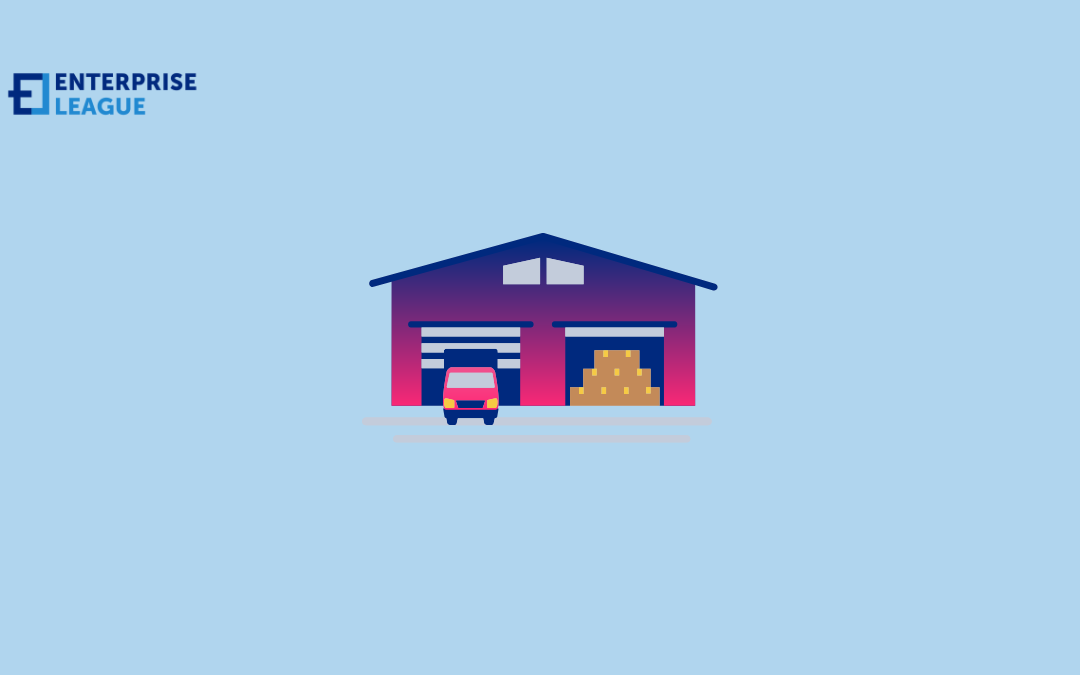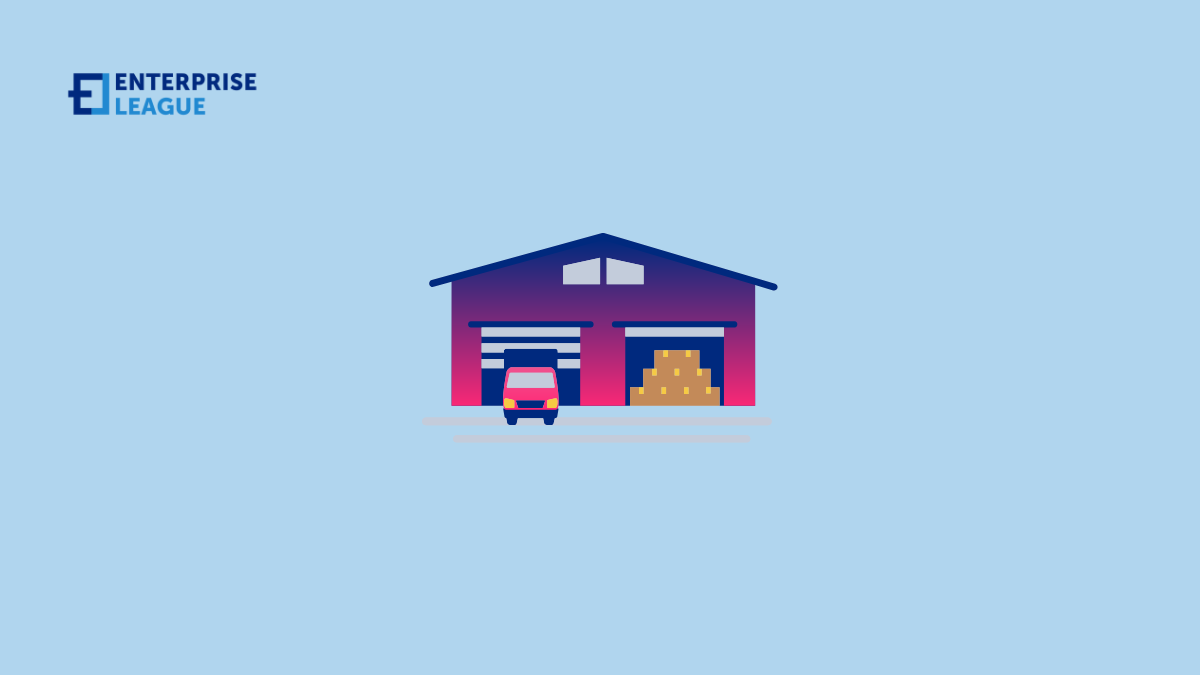Business Continuity in Extreme Circumstances: What’s Essential and What’s Not
Having access to a myriad of cloud services is much of what makes modern organizations operate these days. And as long as those cloud resources remain online, everything’s fine.
As long as.
But what about when something goes wrong? Essential businesses cannot run on probabilities. They require certainties, even amid an uncertain world. For many critical infrastructure sectors like healthcare, energy, and water, and even those that are “too big to fail” like global stock exchanges, not having access to cloud-based assets is not an option.
But which services are critical to keeping operations online, and which are not? And, once you identify the essential ones, how do you ensure their availability even when extreme circumstances intervene?
These questions are at the crux of the business continuity discussion today.
Cloud Resources Are Great, But What’s Important?
Operating in the cloud has become the norm for most businesses in 2025. With cloud adoption currently over 94%, nearly every company everywhere has some skin in the game.
However, access to the cloud at all times is beyond any organization’s power to guarantee. In times of conflict, energy infrastructure could be hit by targeted cyberwarfare. In an earthquake, internet connectivity could be severely affected due to natural reasons.
And then there are times “in between” when power failures just happen. Just last month, Spain and Portugal experienced a mass power outage, with the cause of the problem still undetermined. Access to the internet, and therefore cloud resources, was temporarily lost (for ten hours, more than the average workday).
When those cloud-based resources are non-business critical (HR systems, perhaps), an outage is not a problem, at least not an immediate one. Companies can still stay afloat with onboarding processes pushed out until tomorrow. But what if critical players are unable to access key resources and applications, like CRMs or payment systems?
This is why Access Management and MFA are different animals, if you will. Losing access to these means losing access to ALL your resources, especially the essential ones. If you plan to ignore it (i.e., access your apps without authentication and authorization), you are putting yourself (and your business) at a big security risk. Criminals always look for the weakest point in the entire workflow. This is why cloud-based IAM should always have a backup on-premises.
Business Continuity: The Power to Work Anywhere, Anytime—No Matter What
Business continuity isn’t just about surviving a data center outage or natural disaster. It’s about ensuring people can access critical systems and data, instantly and securely, under any circumstances.
Think of real-world scenarios: a field engineer stuck without Wi-Fi, a remote employee accidentally locked out of a cloud dashboard, or a healthcare professional in an emergency who forgets their badge. These aren’t outliers, they’re daily realities.
That’s why IAM must go beyond controlling access. It must anticipate disruption, whether human, technical, or environmental, and offer seamless alternatives that maintain productivity without compromising security.
Consider this: it’s 2 a.m., and a surgeon is urgently called into the ER. But they’ve forgotten their access badge. A resilient IAM strategy doesn’t block them at the door. Instead, it offers secure fallback options, like biometric login via mobile app, desktop MFA, or even a just-in-time access call to IT. The goal? Fast, verified access that saves time and, potentially, lives.
Resilient businesses don’t rely on a single access method. They diversify IAM pathways to ensure the right people get in, securely, reliably, and without delay. That’s what makes IAM a cornerstone of true business continuity.
Continuous Business Means Continuous Access
Whether it’s a global team working across time zones or mission-critical operations running 24/7, continuous business requires uninterrupted, secure access to systems, data, and applications. Any delay, even minutes, can cascade into lost revenue, compliance issues, or reputational damage.
That’s why modern IAM must be designed for resilience, not rigidity. It must adapt to changing contexts, support multiple authentication methods, and provide fallback mechanisms when primary access paths fail. Continuous access isn’t a luxury, it’s a baseline requirement for organizations that demand agility, uptime, and trust.
Thales SafeNet Trusted Access supports all levels of the authentication journey. Smart Single Sign-On gives users the option of logging into all their cloud resources at once with a single identity, no more password resets, fatigue, or frustration. Scenario-based access policies support a broad range of authentication methods, both new and already in use. And on-premises, hybrid, and (of course) cloud deployment models allow you to have backup authentication methods for even your backups, ensuring that no matter the external factors, your employees can still log on.
Business continuity is a matter of flexibility and thinking outside the box. While which services are integral to maintaining that might be a question for your company, the ability to access those services is not a question at all; it’s a necessity.
When it comes to keeping your enterprise operational, people’s availability is as important as resource availability. To stay resilient in an uncertain digital era, organizations must adopt an identity-first mindset when engaging in business continuity discussions in the future.
Building Tomorrow’s Resilient Enterprise Today
Business continuity isn’t something you figure out when disaster strikes – it’s what you build into your operations from day one. While we can’t predict whether the next disruption will come from a cyberattack, natural disaster, or simple infrastructure failure, we can control how prepared we are to handle it.
The companies that thrive through uncertainty aren’t the ones with the most sophisticated cloud setups or the biggest IT budgets. They’re the ones that understand a simple truth: when everything else fails, people still need to get their work done. That means having multiple ways to authenticate, backup systems that work, and access policies flexible enough to handle real-world chaos.




